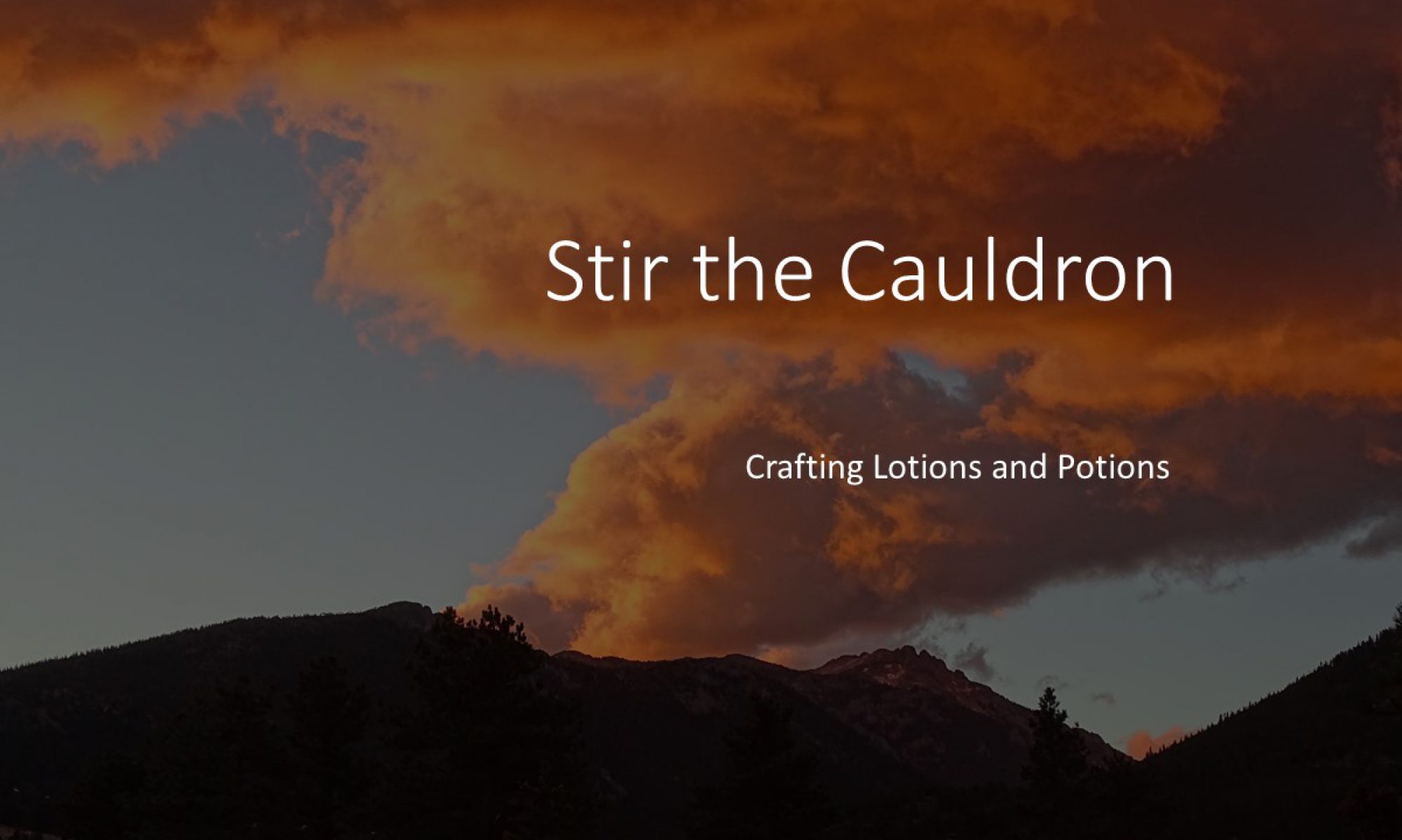Lip balms are among the easiest cosmetics to make. At their most simple it’s just a matter of weighing out the ingredients, warming them up until everything has melted, stir and pour.
This recipe is a favourite, with the classic combination of chocolate and orange that is reminiscent of Christmas treats.
Don’t be tempted to increase the quantity of Orange Essential Oil in this recipe because at higher concentrations it becomes phototoxic. I’ll discuss phototoxicity in a later post.
It makes about 110g of lip balm, which is about 18 tubes each containing 5.5g. There’s a neat way of filling tubes that I discuss at the end of this post. Alternatively, you can pour it into small tins.
In addition to the tubes or tins, you will need one glass jug and something to stir the mixture.
Ingredients
- 60 ml Apricot Kernal Oil
- 20 g Unrefined Cocoa Butter
- 20 g Beeswax
- 8 g Darkest Chocolate (I used Willy’s 100% Cocoa Solids Chocolate)
Additions
- 1.5 ml Vitamin E Oil
- 15 drops Bitter Orange Essential Oil
Method
Measure all the ingredients (except the additions) into the glass jug. Put the stirrer into the jug with the ingredients, and then put the jug into an oven at 70-75C. Now you can heat up your jug of ingredients in a bain marie if you don’t have access to an oven that can be set at relatively low temperatures, but there is a surprise advantage to using an oven. The oven heats the jug evenly and the contents pour easily. If you heat the mixture in a bain marie, the top of the jug doesn’t get very warm and the mixture solidifies on the jug as you pour.
While the ingredients are warming up and melting in the oven, prepare your tubes or tins.
When the ingredients are all liquid, remove them from the oven. Add the Vitamin E Oil and the Essential Oil. Stir. Pour into the tubes or tins.
Keep your lip balm in the fridge until you are ready to use it.
Clean up with very hot water and washing-up liquid.
Lip Balm Tubes
I’m definitely not in favour of single-use plastics, but nor am I blind to the ease with which plastics can be kept hygienically clean. Lip balm tubes can be washed out with very hot soapy water and re-used if you can persuade their recipients to return them to you.
I do use lip balm tubes. I’d like to think most people would return them. The choice, of course, is yours.
If you do chose to put your lip balms into tubes, there is a very convenient way of filling them. The version I use is branded Kare & Kind and is available on Amazon or Ebay. (There are cheaper suppliers of the empty tubes if you shop around.)

The filling tray will take up to 50 tubes. As I normally make smaller quantities, I have filled a few tubes with cold-cast resin to use as blanking plugs.





